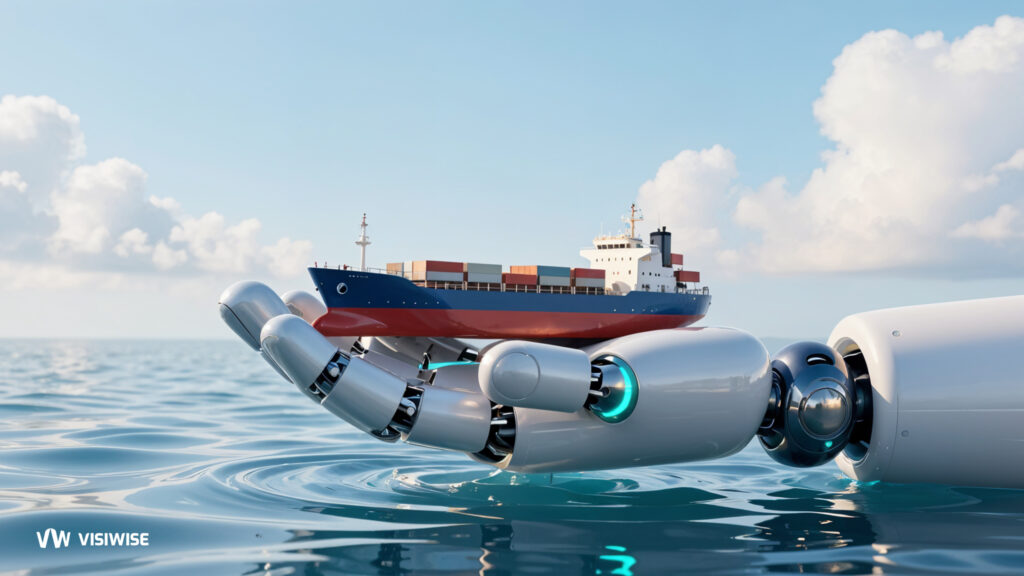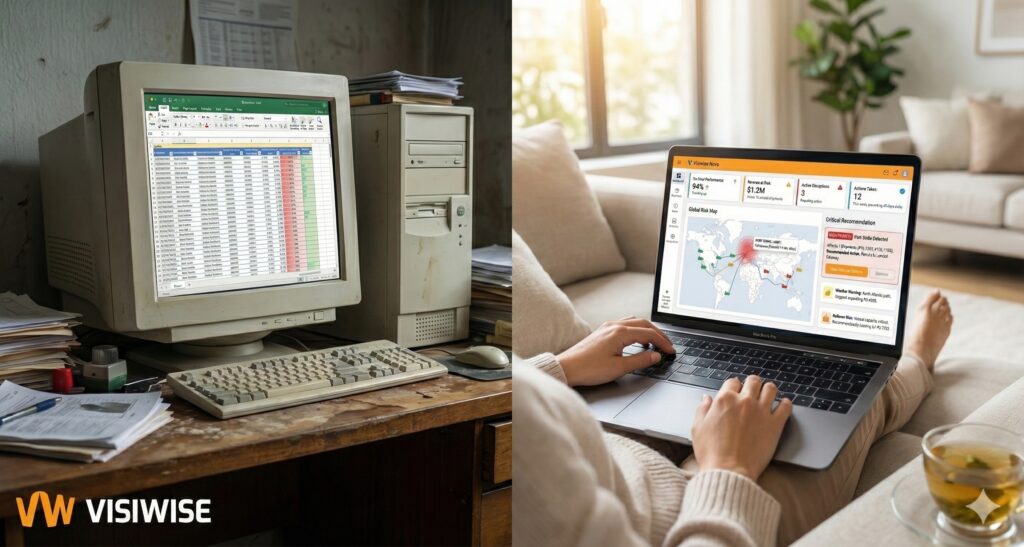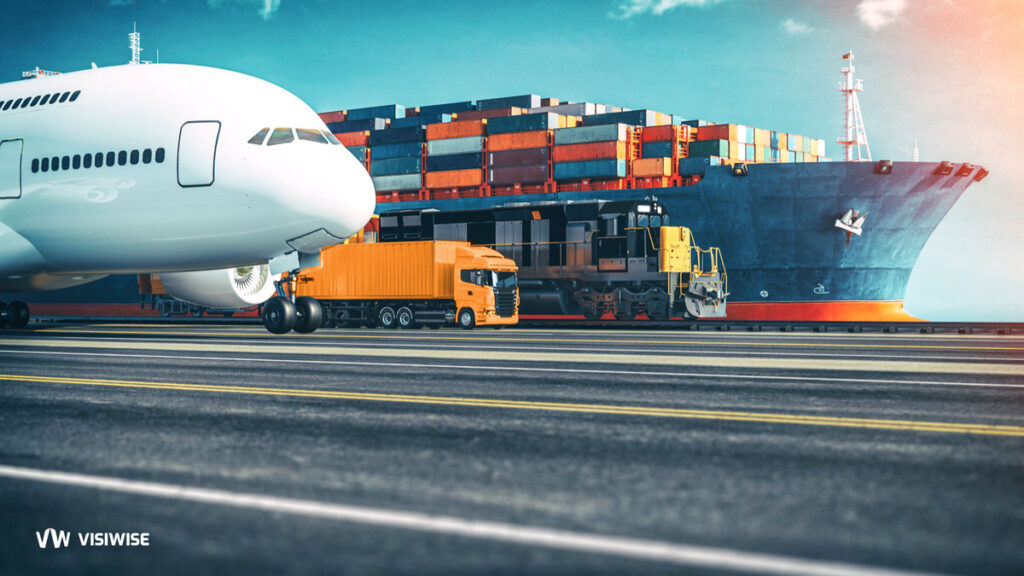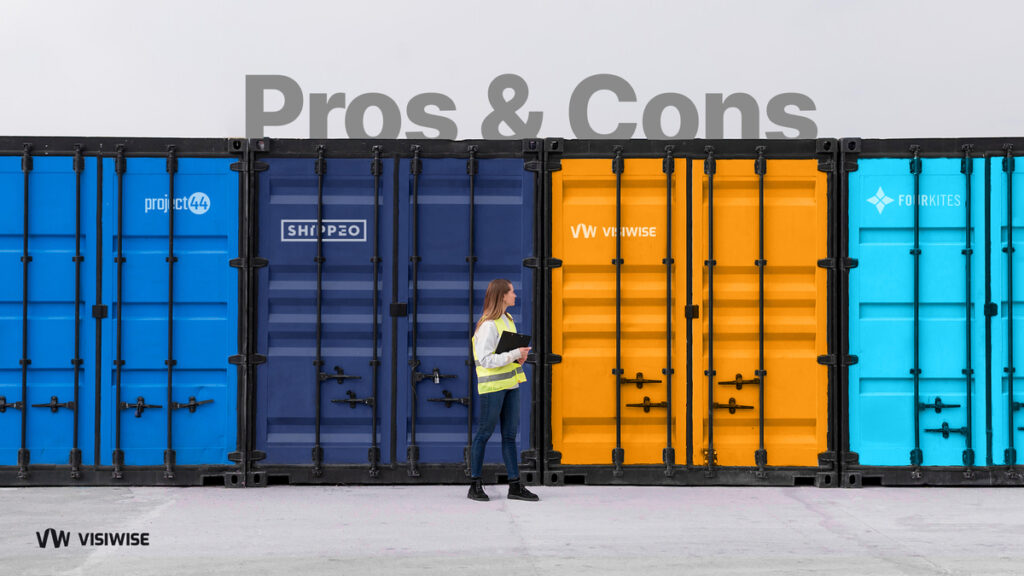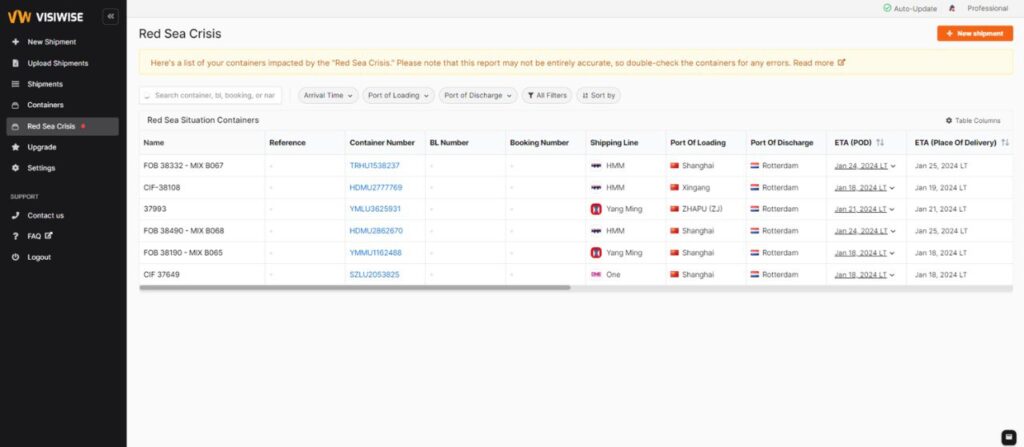Artificial intelligence is reshaping supply chain management by improving visibility, prediction, and intelligent decision-making across forecasting, inventory, logistics, and supplier risk. This article provides a comprehensive overview of AI applications in the supply chain, examines emerging opportunities such as autonomous orchestration and circular-economy models, and discusses key challenges including data quality, transparency, and organizational readiness.
The Rise of Artificial Intelligence in Global Logistics: Current Realities, Emerging Opportunities & The Future of Smart Supply Chains
Artificial Intelligence is reshaping global logistics faster than any technology before it. From real-time route optimization to predictive demand planning and automated warehouses, AI now sits at the center of modern supply chains. In this article, we break down what’s happening today, the emerging opportunities ahead, and how AI is redefining the future of smart, efficient, and resilient logistics operations.
Is Your Supply Chain Running on a Spreadsheet?
The Power of Data: Revolutionizing Logistics through Analytics
In this article, we’ll discuss the role of data analytics in logistics, delve into the concept of big data, and explore its impact on supply chain management
A Guideline for Shipping of Fishery and Seafood Products
In this article, we discuss the transportation of fishery and seafood products, focusing particularly on the essential aspects of the shipping process.
Reefer Container Tracking: A Cost Saving Solution
Effective transportation of perishable goods, particularly fruits and vegetables, is a nuanced challenge for shippers. Maintaining the optimal condition of these products throughout the entire journey is paramount. Reefer container tracking emerges as a crucial solution in this scenario. These specialized containers offer a controlled environment, addressing factors like temperature, humidity, and ventilation during transportation
Intermodal Tracking:Navigating through an Integrated Connected World
Navigating the intricate channels of global trade, intermodal shipping has emerged as a linchpin, seamlessly blending various modes of transportation for efficient goods transit. At the heart of this interconnected system lies the pivotal practice of tracking cargos in real-time
What is Port Tracking and How Do We Do It
Port tracking refers to the systematic monitoring and management of cargo, vessels, and related activities within a port or harbor. The primary objective of port tracking is to provide real-time visibility into the movement and status of shipments, enhancing operational efficiency and reducing the risk of delays or errors in the supply chain.
Revolutionizing Logistics: Navigating Efficiency with Container Tracking API
Tracking container with API services allows you to deal faster with the exceptions, reduce costs, and provide more visibility to your customers and for you as well. Either, Estimating the correct arrival time of the cargo or tracking it in real-time in oceans are all important steps in order to prepare documents or resources at the right time.
Container standard events & movements version 2024
Pros and Cons of Top-Tier Visibility Platforms
In this article we aim to explore the foremost visibility platforms and emphasize their individual advantages and pros & cons
Navigating the Red Sea Crisis: How Shipment Visibility Platforms are the Beacon of Hope for Supply Chains
In recent weeks, the Red Sea has become a hotspot of geopolitical tension, impacting global trade and creating challenges for shipping companies. The increased attacks by Houthi rebels, particularly on the “Al Jasrah” Hapag-Lloyd vessel, have sent shockwaves through the shipping industry. As businesses grapple with the implications of these disruptions, the importance of real-time visibility in supply chain management has never been more apparent.

